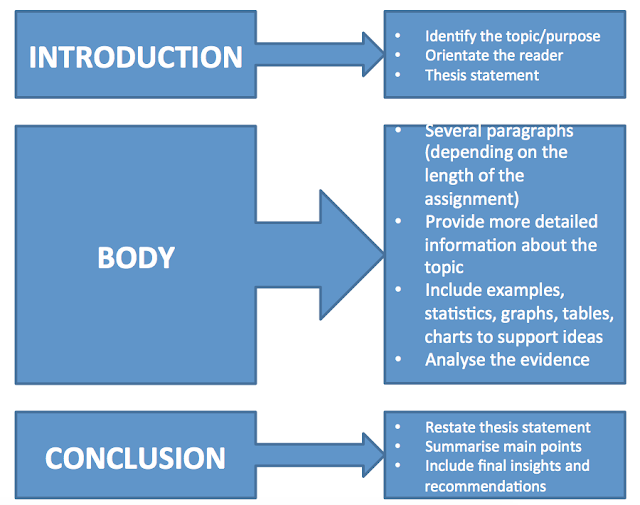What if your career was in toy-making---without living at the North Pole?
Check out this video from Hasbro-it talks about the process of making toys:
http://gizmodo.com/5995083/where-the-toys-come-from-inside-hasbros-model-workshop
Through mergers with other toy manufacturers, Hasbro makes the following: Tonka Trucks, Playskool, Milton Bradley, Parker Brothers, Tinkertoys, Mr. Potato Head, GI Joe, Sesame Street, Lite Brite, Lincoln Logs, Pound Puppies, and games like Battleship, Candyland, Cranium, Jenga, Scrabble, Dungeons and Dragons, Ouija Board, and Pictionary.
Through mergers with other toy manufacturers, Hasbro makes the following: Tonka Trucks, Playskool, Milton Bradley, Parker Brothers, Tinkertoys, Mr. Potato Head, GI Joe, Sesame Street, Lite Brite, Lincoln Logs, Pound Puppies, and games like Battleship, Candyland, Cranium, Jenga, Scrabble, Dungeons and Dragons, Ouija Board, and Pictionary.
What steps are involved in the process, and what types of careers might it involve?
- Design: does the toy do anything? Does it connect with a computer or phone or controller? Is it part of a series of related toys? Does it have accessories? Does it come in different sizes?
- Is it a building toy with many parts that fit together?
- Does it move?
- Manufacture--process and product-people need to design the machines that produce the toy
- Use of motors or mechanics within the toy-what kind of batteries will it need?
- Choice of materials used to make the toy (plastic, metal, fabric, etc.)
- Safety/Quality Control
- Materials to make it have to be nontoxic (not poisonous)
- Parts of the toy need to be too large for a child to choke on
- Small parts need to stay on the toy securely
- Fabric toys must be fire-resistant
- The toy shouldn't have anything sharp that might injure someone
- Toys shouldn't have anything like strings that can choke someone
- Toys with electronics shouldn't pose a fire hazard
- Toys that 'shoot' anything can be dangerous (an exception might be a 'Nerf' toy
- Design of outside paint and decals
- Design of packaging--involves artwork, information about the toy, making it attractive
- Planned changes for future models
- Testing: do the mechanics work, if any? Is it durable?
- Sales-how will you sell the toys? Online? In other stores, or in your own store? How do you price them?
- Packaging
- Website design and maintenance for the toy specifically and/or the manufacturer of the toy(s)
- Accounting
- Law as it applies to patents, copyrights, and liability
- Marketing, including naming the toy, and tie-in products such as books or clothes featuring that toy
- Or, for example, Pixar makes a movie and want toys to sell that are related to it-how do you create them? Who gets how much of the profit?
- Management
Some toy manufacturers employ child life experts to see what toys are appropriate for which ages, so you may be able to use a degree in Child Development, Education, or Psychology to work for one of these companies.
.
A video of how crayons are made: https://www.bing.com/videos/search?q=video+tour+of+toy+factory&ru=%2fvideos%2fsearch%3fq%3dvideo%2btour%2bof%2btoy%2bfactory%26qpvt%3dvideo%2btour%2bof%2btoy%2bfactory%26FORM%3dVDRE%23view%3ddetail%26mid%3dEB8FB78FDB511AAF8633EB8FB78FDB511AAF8633&qpvt=video+tour+of+toy+factory&view=detail&mid=A317D7ED2477610592E0A317D7ED2477610592E0&&FORM=VDRVRV
Doesn't everybody have a container of old broken crayons?
Manufacturing toy trains: http://www.bing.com/videos/search?q=discovery+channel+how+it%27s+made+toy+trains&qs=n&form=QBVR&pq=discovery+channel+how+it%27s+made+toy+trains&sc=0-36&sp=-1&sk=#view=detail&mid=4E324EB47081FDD464F14E324EB47081FDD464F1
Here is a great interview with a self-employed toy manufacturer:
Some info about product research at Fisher-Price: http://www.fisher-price.com/uk/welcome/
Let's not forget Tickle-Me Elmo (Playskool): What made that toy so successful?
There is a market for 'green' manufacturing (making things with as little environmental damage as possible); simpler toys, wooden toys,
dolls, stuffed toys,
dolls, stuffed toys,
building toys
There are toys meant to be played with outside...Sleds, inflatables, shovels, sand castle or snow castle forms, climbing apparatus and swing sets, games......
As well as games and puzzles for inside; and toys for children to imitate grownups:
And don't forget science experiment toys:
What was your favorite toy when you were little?
It's good to have some fun every day---what if you could work with toys all the time?


















































